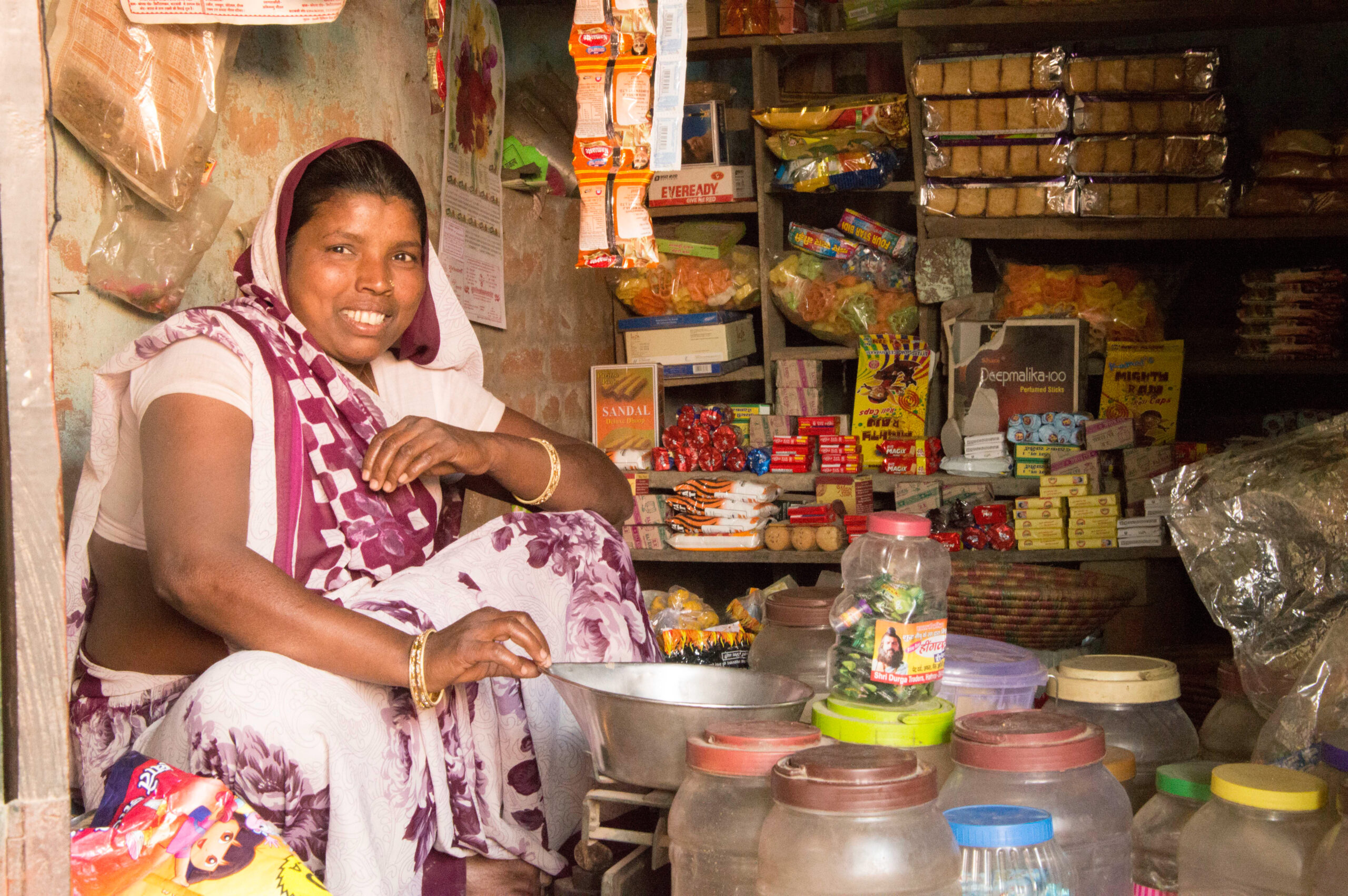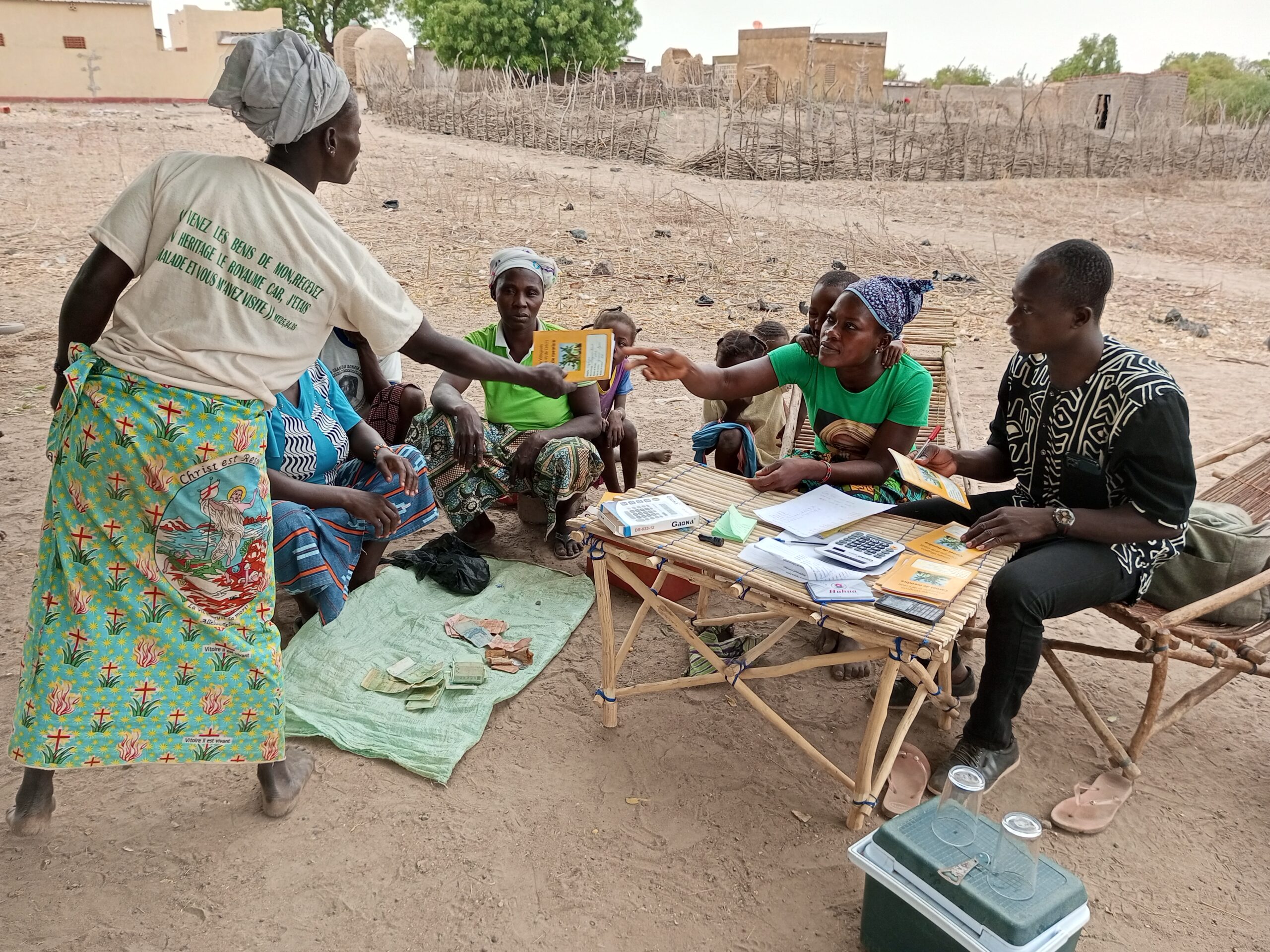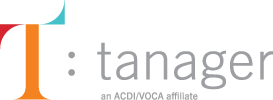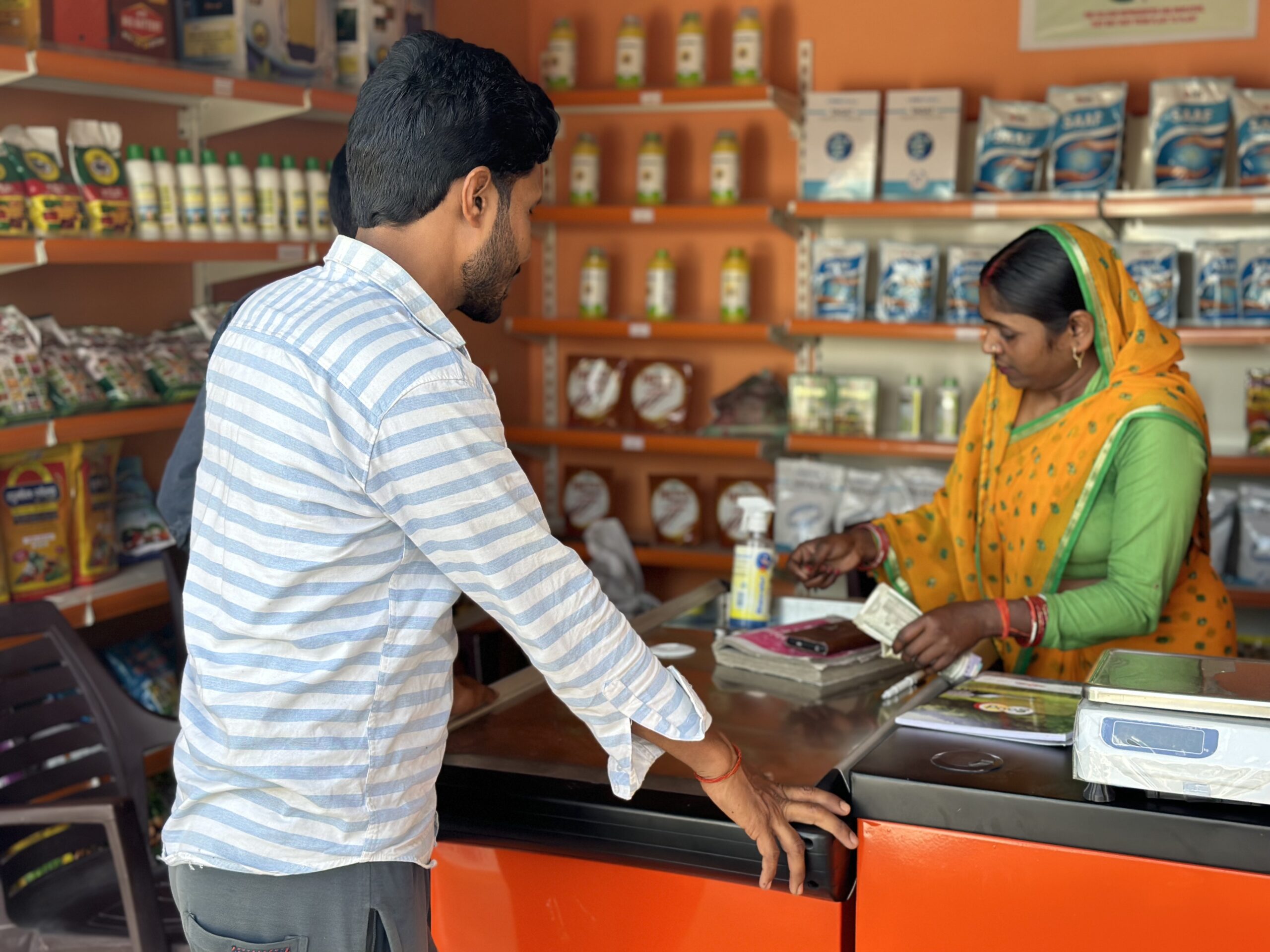
Comprising nearly a quarter of the global population, rural women form the backbone of the global food system and agricultural labor force. Even as they shoulder much of the burden of household labor and childcare, rural women make significant contributions to household food and nutrition security, rural economic development, and the management of their communities’ natural resources.
Restrictive social norms, however, limit women’s access to resources, information, decision-making power, and more—and indicators point to the outsized impacts these structural inequalities have on rural women especially.
Understanding that making socioeconomic gains for rural women leads to gains for all, Tanager has led the development sector in integrating gender and nutrition into agriculture. Following are just a few of the ways in which our projects weave in interventions for rural women.
Cascading Impacts Across Africa
With malnutrition and gender inequity having devastating consequences for businesses and economies, the Impacting Gender and Nutrition through Innovative Technical Exchange in Agriculture (IGNITE) project provides technical assistance to African agricultural institutions to integrate gender and nutrition into their way of doing business. IGNITE-supported institutions cascade the impact of our work to rural women, increasing women’s agricultural productivity and facilitating access to financial opportunities that will enable them to scale up their agri-enterprises.
In Ethiopia, for example, IGNITE works closely with the Sasakawa Africa Association (SAA). SAA empowers rural smallholder farmers along value chains to adopt good agricultural practices and digital technologies that lead to food and nutrition security. IGNITE conducted a study on behalf of SAA exploring which gender-specific factors influence the decision to adopt best practices for teff farming in the Amhara region of Ethiopia. Results suggested SAA should find ways to encourage more women to attend agricultural trainings and address sociocultural norms leading to gender barriers.
This study and other IGNITE support have led to SAA making gender and nutrition-sensitive agriculture a strategic priority pillar in its new strategic plan, with an allocated budget to inform its programmatic activities—ensuring the needs of women farmers will indeed continue to be an organizational priority. SAA has also mobilized gender and nutrition champions within the organization to catalyze gender and nutrition commitments and ensure alignment within the organization’s programmatic processes.
Meanwhile, in Burkina Faso, IGNITE has been supporting APFSD, an association of microfinance institutions, and four of its members to mainstream gender into their financial operations. The microfinance institutions are now better-equipped to develop financial products for women. (For rural women, direct access to financial services not only increases their productive capacity, but it also results in other benefits, such as greater household decision-making, family health, and more.) Institutions are also beginning to use gender performance indicators to analyze client data, enabling continual adjustments to maximize women’s access to their financial products.
Unlocking New Opportunities in India
In India, which produces 70 percent of the world’s supply of mint oil, the Shubh Mint project has been instrumental in increasing women’s participation and upgrading their roles at all stages of the mint oil value chain. Tanager began implementing the first phase of the project in 2017.
Over the span of five years, the project was able to form an all-women farmer producer company and collectivize more than 5,000 rural women into 400 self-help groups (SHGs). These SHGs were nurtured as a forum to transfer information and knowledge about improved mint cultivation practices, provide extension services, and increase women’s access to institutional financial services such as savings and credit.
The second phase of Shubh Mint is unlocking new opportunities for these SHG women. Early on, loan disbursements to the women members of the SHGs tended to cover domestic expenditures, school fees for children, medical expenses, and agricultural input purchases. The SHGs are now evolving to a stage where a considerable amount of their inter-loans is going toward investments into women-led income-generating activities.
Access to easily available and affordable loans has enabled women to establish their own small businesses. These have included grocery shops and general stores, food kiosks, agricultural input shops, the rearing of milk-producing livestock, and farm machinery rental centers. The second phase of the project has, in fact, witnessed a significant increase in the number of women engaging in income generation: So far, more than 500 women SHG members have diversified their livelihoods by investing into an additional source of income other than agriculture.
A Forum for Leadership
In Burkina Faso, the Soutenir l’Exploitation Famaliales pour Lancer l’Elevage des Volailles et Valoriser l’Economie Rurale (SELEVER 2) project is working to facilitate the inclusive transformation of the poultry sector. The sector offers a viable income-generating opportunity for those living in rural areas especially. As such, the project is leveraging village savings and loans associations (VSLA) to both facilitate women’s ability to enter the poultry sector and provide a forum to build their technical and leadership skills.
VSLAs are a longstanding model used in the international development sector, and, according to Sita Zougouri, director of gender and social inclusion, many projects concentrate solely on VSLA formation. Where SELEVER 2 differs is how VSLAs link to and are supported by other project activities.
For example, members meet on a weekly basis to set aside any savings, but many of the trainings related to poultry, nutrition, gender, and other issues are also covered during these gatherings. Loans are given out at the end of each month. After a 10- to 12-month cycle, the capital accrued gets disbursed proportionately to members, based on their shares in the VSLA.
Though it may be easy to look at these groups solely from the perspective of how they offer rural women access to financing—as of Aug. 30, VSLAs have shared 387,255,000 XOF (approximately $639,827) to members—the project is actually leveraging VSLAs as a women’s empowerment mechanism. “The VSLAs offer a good opportunity to build capacity in leadership skills,” Zougouri explains.
In fact, VSLAs give women a rare chance to engage in governance. VSLAs are completely self-governed, so the members run meetings, elect their own VSLA leadership, make their own decisions, and get practice speaking in public. Each member takes ownership over enforcing one of the organization’s bylaws. Finally, to emphasize the group’s importance, members are fined if they do not attend a meeting. Fines are decided upon by the group.
SELEVER 2 has facilitated the creation of 1,135 VSLAs over three years, involving 44,106 members.



